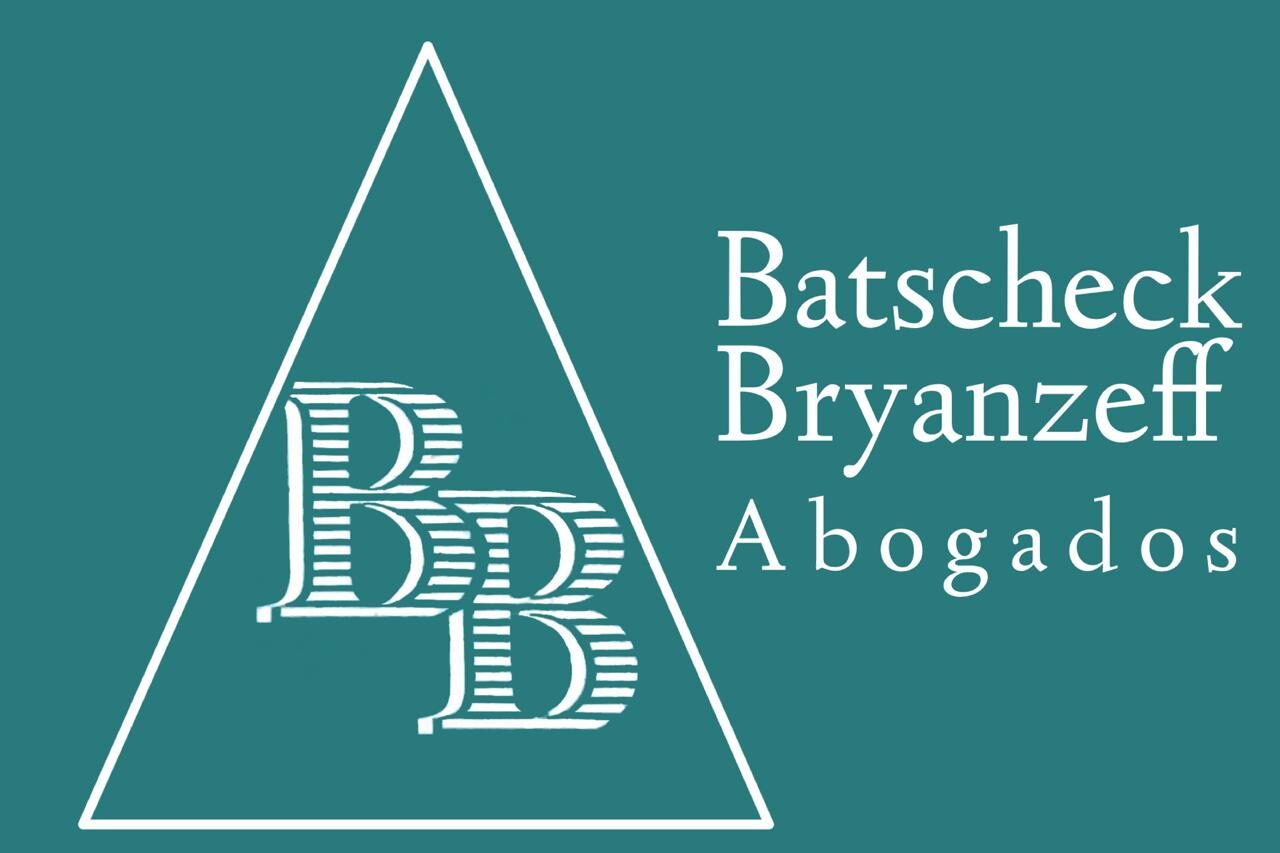11 Financial’s website is limited to the dissemination of general information pertaining to its advisory services, together with access to additional investment-related information, publications, and links. Our mission is to empower readers with the most factual and reliable financial information possible to help them make informed decisions for their individual needs. Our goal is to deliver the most understandable and comprehensive explanations of financial topics using simple writing complemented by helpful graphics and animation videos. This team of experts helps Finance Strategists maintain the highest level of accuracy and professionalism possible. Finance Strategists has an advertising relationship with some of the companies included on this website. We may earn a commission when you click on a link traceable cost or make a purchase through the links on our site.
Common Fixed Cost Example
A cost driver, also known as an activity driver, is used to refer to an allocation base. Examples of cost drivers include machine setups, maintenance requests, consumed power, purchase orders, quality inspections, or production orders. Examples include accounting and bookkeeping fees, rent, and utilities, to name a few.
Benefits of Activity-Based Costing (ABC)
In cost accounting and managerial accounting, costs play a significant role in analyzing business profitability and resource usage. There are two major reasons why distinguishing between direct and indirect costs is important. For example, a cost driver could be the number of hours worked by an employee, and a cost object could be a product or a service. You need to identify and classify your cost drivers and cost objects according to their relevance, importance, and availability.
Cost of Goods Sold: Definition, Formula, Example, and Analysis
- Common examples of fixed costs include rent, salaries, insurance, and interest on loans.
- This means finding out where your money is going and what activities or resources are consuming it.
- We will also provide some examples of cost traceability analysis in different industries and scenarios.
- Other factors may affect these costs, but if the business’s output increases or decreases, these costs remain unaffected.
Common examples of fixed costs include rent, salaries, insurance, and interest on loans. As businesses strive to reduce their overhead expenses, understanding which costs are fixed and which are variable is essential. This knowledge can help managers make informed decisions about where to cut expenses without adversely affecting production levels or compromising the quality of their products. From the supplier’s perspective, cost traceability analysis can help to enhance the collaboration and communication with the business process or the product. By tracing the costs from their sources to their destinations, suppliers can understand how their inputs are used, how their outputs are valued, and how their performance is measured.
In this section, we will delve into the topic of analyzing cost drivers and understanding the factors that contribute to cost variations. Cost traceability analysis plays a crucial role in tracking and managing costs effectively, allowing businesses to identify areas of improvement and make informed decisions. Traceable fixed costs, the meaning of this type of cost, and the distinction between traceable and common fixed costs are relevant in segmented financial reporting.
In the case where the machinery is used specifically for a project, the depreciation on that particular machinery will be regarded as a traceable fixed cost. On the other hand, if the machinery is commonly used in the business, it would be treated as a common fixed cost. Traceable fixed costs are costs that can be individually attributed to the company’s certain operative unit.
For example, the depreciation expense of the machinery is the fixed cost for the company. The company can separate the cost base on the depreciation expense of the location unit. Common Fixed cost is the fixed cost that supports the business activities of the two or more business segments. It is the cost that is paid in total to cover all cost objectives in different business units, locations,s and so on. A critical piece of information for managers is the ratio of direct to indirect costs in the total cost. Under the ABC system, an activity can also be considered as any transaction or event that is a cost driver.
